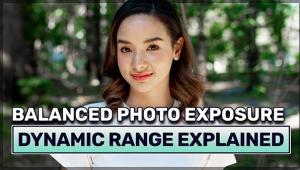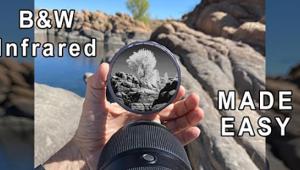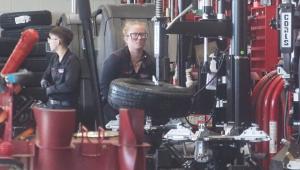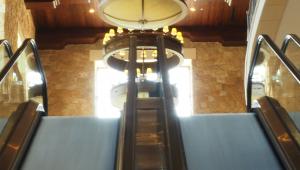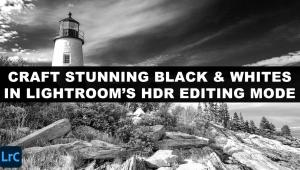Want Mind-blowing B&W Photos? Here's a Better HDR Editing Technique (VIDEO)

Are you interested in making b&w photos with maximum impact? If so, pay close attention to the follow video from the Focus Photo School YouTube channel that reveals a "revolutionary" Lightroom workflow that delivers mind-blowing yet realistic results.
Instructor David Marx is a Certified Adobe Expert who wants to make one thing absolutely clear at the onset: "This lesson is NOT about the often artificial HDR look of the past. At no point in this tutorial am I going to use Lightroom's Merge-to-HDR command or any other tone-mapping feature."
Another quick clarification is that a relatively up-to-date monitor is necessary to appreciate the full impact of Adobe's new High Dynamic Range (HDR) editing mode, and Marx also recommends using the Google Chrome browser to watch today's episode. That because old displays and some other Web browsers may not be able to reproduce the expanded tonal range delivered by this powerful technique.
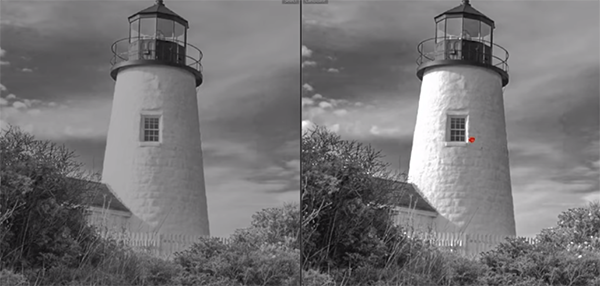
Marx explains how to quickly determine whether or not your monitor meets the necessary specs. So set aside your negative preconceptions about High Dynamic Range, because this isn't your father's HDR. In fact, you're likely to update your everyday Lightroom workflow as a result of what you learn in the next 12 minutes.
Here's how Marx summarizes the benefits of this new editing method: "Traditional Standard Dynamic Range (SDR) editing inherently compresses the vast tonal information captured in our Raw files. But Lightroom's new HDR mode unlocks the hidden potential, allowing for brighter highlight details and an overall richness that adds depth, clarify, and dimension."
Marx describes the concept by explaining that "in-black-and-white photography tones refer to all the shades of gray that we have in an image." In other words, blacks, whites, and all the fine gradations in between. But here's what may blow your mind: Check out Marx' side-by-side comparison of two shots of the same subject; one edited on an old SDR monitor and another that's tuned up with the type of monitor he recommends. In short, the difference in in density range is super clear.
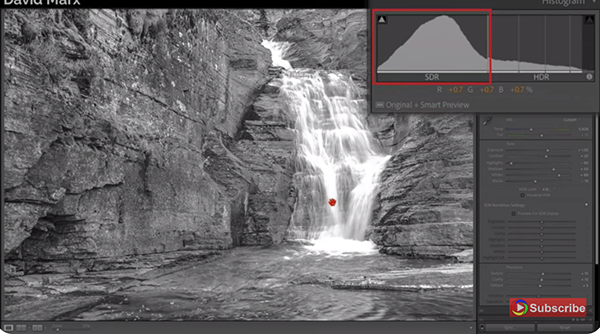
The remainder of the lesson is devoted to the simple steps required to get the job done. You'll learn the necessary Lightroom settings and how the Tone Curve plays a part in this superior process. There's also a link in the description beneath the video to a gallery of b&w images edited with this new, transformational HDR technique.
After the episode concludes take a look at the Focus Photo School YouTube channel where you can join 12,000 other photo enthusiasts who appreciate the straightforward how-to videos that Marx posts on a regular basis.
On a related note, don't miss an earlier tutorial we featured with another post-processing expert who demonstrates why and how he boosts Midtone Contrast to create outdoor photographs with a "punchier" effect.
- Log in or register to post comments









